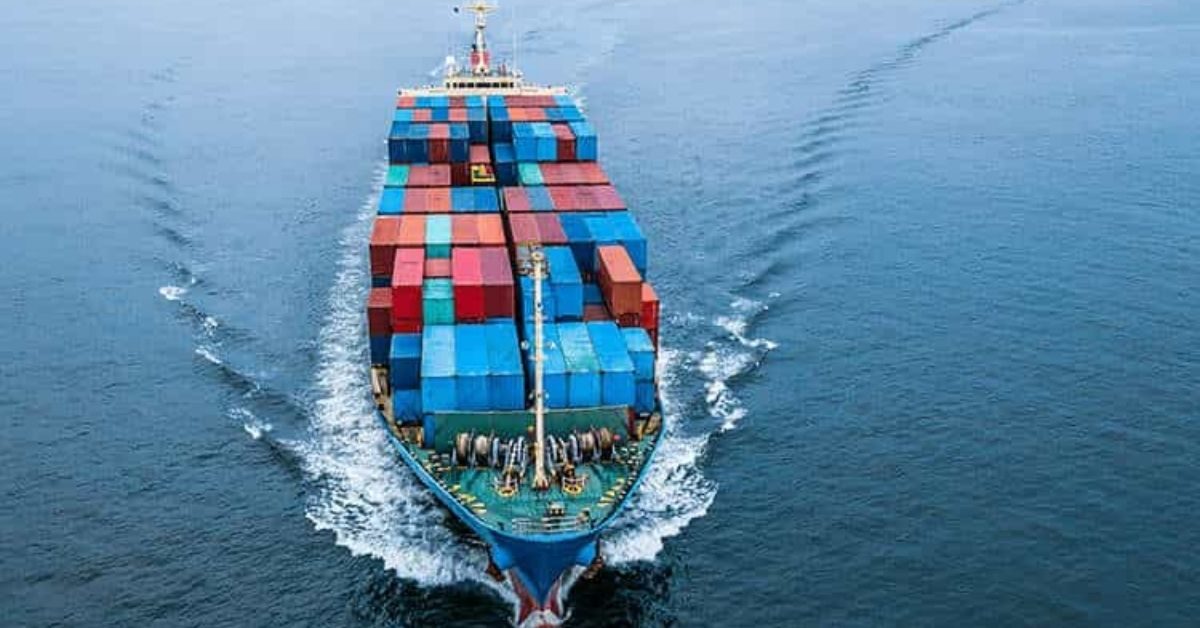By Praveen Joseph, CEO, Ports & Terminals, DP World Cochin
Over the past few years, coastal shipping has come to play a significant role in India’s maritime trade and development. In FY23, major ports collectively handled a record-breaking 795 million tonnes of cargo, registering a 10.4% growth over the previous year.
At the helm of this growth are the efforts of the Ministry of Ports, Shipping and Waterways to unlock the full benefits of India’s 7,500 km long and contiguous coastline and build a conducive coastal shipping ecosystem that supports India’s trade aspiration.
Aligned with this aspiration, the Government of India is currently driving a slew of initiatives aimed at augmenting competitiveness in both domestic and international trade within the country, all the while prioritising sustainability through the coastal shipping sector. Ongoing endeavours focus on providing subsidy to coastal/inland water movement, provisioning green-channel clearance of coastal cargo, relaxation of cabotage rule and encouraging the use of barges directly to a berth/jetty closer to consumption centres among others.
Enhanced private sector participation
One of the key initiatives taken by the Ministry of Shipping, Ports, and Waterways (MoPSW) to enhance coastal shipping is to encourage greater public private partnerships. As the Government approaches the milestone of granting infrastructure status to coastal shipping, private entities will become eligible for concessions, including access to more affordable bank loans and viability gap funding. These incentives support the Government’s vision of creating a solid framework for public-private partnership (PPP) by FY24. Infrastructure status will also optimise the use of India’s multimodal connectivity and hubs to simplify coastal shipping operations.
The Government of India is rapidly identifying coastal shipping initiatives that can effectively engage diverse stakeholders and optimise passenger and freight movements along the western and eastern coasts. The overarching goal is to adopt a strategic approach in alignment with the ten-year roadmap outlined in the Maritime India Vision 2030. This endeavour seeks to curate an efficient supply chain ecosystem that enhances last-mile and first-mile connectivity, thereby augmenting trade acceptability and competitiveness.
Leveraging multi-modal solutions in coastal shipping
In this regard, multi-modal logistics parks (MMLPs), which offer greater efficiency, economies of scale, lower warehousing costs and carbon footprint, can play a key role in realising the government’s vision for coastal shipping. The PM GatiShakti – National Master Plan for multi-modal connectivity
reflects the robust value of integrated and seamless connectivity for the movement of people, goods and services.
For business, and especially MSMEs, MMLPs’ multifaceted operations and seamless access to domestic and international supply chain builds on the strong role of coastal shipping in trade. They can also catalyse domestic manufacturing, by offering seamless hinterland transportation.
An example of coastal shipping working harmoniously with multimodal connectivity in India is the Sagarmala Programme. Under this initiative, the Government of India is developing a comprehensive port-led multimodal transportation network that integrates coastal shipping with road and rail networks. The programme emphasises the development of last-mile connectivity infrastructure, such as road and rail connectivity to ports, and the establishment of multimodal logistics parks near ports. Private sector investment in double stack train services has played a crucial role in this aspect as well.
Multi-modal hubs are also enabling India to leverage its expansive interconnected network of inland waterways. Since the enactment of the National Waterways Act 2016, which designated 111 rivers, river stretches, creeks, and estuaries across the nation as National Waterways, there has been a concerted effort to boost trade and transport across them, by forging links with major infrastructure initiatives, thus further sharpening India’s trade competitiveness.
The Inland Waterways Authority of India (IWAI), in collaboration with the World Bank, has already demonstrated success in the implementation of the Jal Marg Vikas Project (JMVP)with the aim of boosting regional economies, generating employment opportunities, and further reducing logistics costs associated with cargo transportation.
Minimising carbon emissions
The idea of harnessing the potential of coastal shipping stems from its environmental advantages within the port-led logistics system. Both private enterprises and the government have acknowledged this imperative and are collaborating to broaden the range of coastal shipping projects. It is crucial to prioritise reducing carbon emissions through this transportation route.
With the recently announced Harit Sagar policy guidelines, which take ahead the sustainability component of the Maritime Vision Policy 2030, the shipping ministry has set forth a sustainability roadmap for the industry, aligned to India’s carbon emission goals.
These guidelines establish a framework for India’s major ports to formulate comprehensive action plans,
minimising waste through the principles of Reduce, Reuse, Repurpose, and Recycle, and ensuring measurable emissions reduction in line with India’s sustainability targets.
By enhancing first and last-mile connectivity and fully utilising the potential of MMLPs, India can unlock the diverse and far-reaching advantages of coastal shipping. With the government’s strong and sustained policy push and increased participation from the private sector, the frameworks for public-private partnerships that now exist can be improved further to open the doors for increased export capacity and GDP growth for India.








